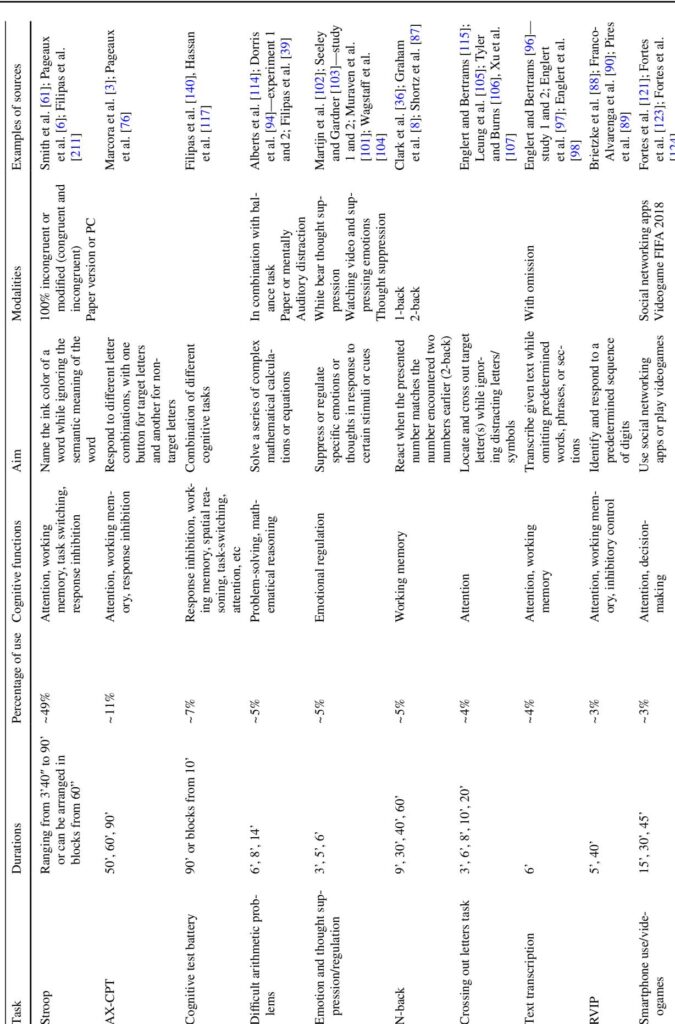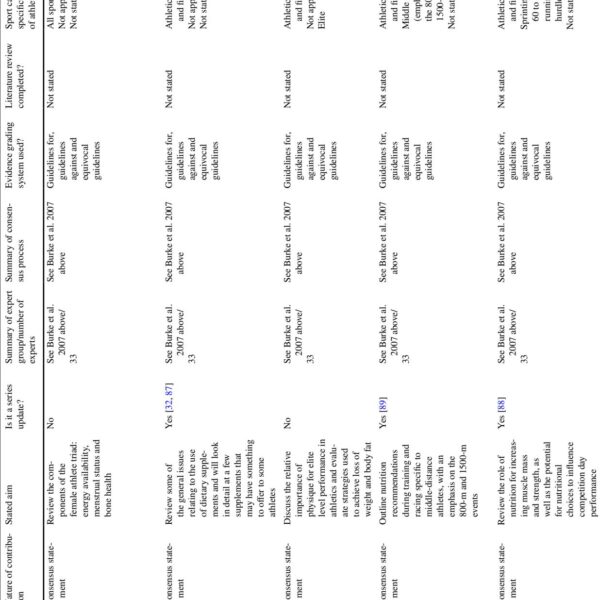Introduction
Hamstring injuries are a prevailing issue in running and field-based sports, comprising roughly 10% of all sports injuries and exhibiting high recurrence rates of 15–70%. These injuries significantly affect athlete performance, team outcomes, and healthcare costs. Despite decades of targeted resistance training interventions for prevention, injury rates remain stubbornly high. This underscores an unmet clinical need for a refined understanding of injury mechanisms and evidence-based rehabilitation practices to mitigate risk effectively.
Mechanisms of Hamstring Injury in High-Speed Running
Over 80% of hamstring injuries occur during high-speed running, predominantly targeting the biceps femoris long head (BFlh). The hamstrings face two critical phases where injury risk is heightened: early stance and late swing.
Early Stance: During the early stance phase, hamstrings activate pre-foot contact to generate hip extension and knee flexion moments, facilitating ground reaction forces for deceleration. Although muscle fibers operate within their normative length range and do not undergo eccentric stretching here, improper force generation or delayed activation could cause abnormal lengthening and stress, increasing injury susceptibility.
Late Swing: The late swing phase is the most vulnerable period. Here, the hamstrings eccentrically decelerate the leg, producing substantial forces while operating at long muscle–tendon unit (MTU) lengths, particularly in the BFlh. Peak MTU length may reach approximately 112% of resting length, with associated maximum activation. Animal studies reveal that high strains coupled with activation at elongated sarcomere lengths critically predispose muscles to strain injuries. Insufficient or delayed neural activation and inadequate eccentric force capacities can result in active overstretching and injury.
Risk Factors for Hamstring Injury
Biomechanical and physiological factors influencing muscle fiber stress at extended lengths modulate injury risk. Two key risk factors are eccentric strength and fascicle length.
Eccentric Strength: Greater eccentric strength aids the hamstrings in resisting excessive strain during lengthening. Some evidence suggests reduced pre-season eccentric strength correlates with increased injury risk; for example, players with strength below 279 N or 337 N are at over fourfold elevated risk. However, findings across studies remain inconclusive due to methodological heterogeneity, sample size limitations, and insufficient exposure tracking.
Muscle Fascicle Length: Short resting fascicle length (<10.56 cm) increases hamstring injury susceptibility by more than fourfold. Eccentric training can increase fascicle length, mitigating injury risk, possibly via serial sarcomere addition that shifts the muscle's force–length operating curve favorably. Yet, direct in vivo human data linking sarcomerogenesis with injury reduction remain scarce, rendering causality theoretical.
Eccentric Training to Prevent Injury: Muscle Adaptations
Interventions incorporating the Nordic Hamstring Exercise (NHE) and other eccentric strategies consistently demonstrate substantial reduction (~51–65%) in hamstring injury incidence when adherence is adequate. Understanding mechanistic adaptations underlying this protective effect is critical.
Contractile Tissue Adaptations
Fascicle Length: Eccentric training rapidly increases resting fascicle length in early phases, with continued gradual increases over extended periods. Two potential mechanisms include (1) elongation of existing sarcomeres beyond their optimal length, initially reducing force capacity, and (2) subsequent serial addition of sarcomeres that restore and enhance force production by optimizing sarcomere length during active contractions. Direct microendoscopic measurements reveal initial increased resting sarcomere length after 3 weeks of training, returning to baseline lengths after 9 weeks as serial sarcomerogenesis occurs.
Nonuniform fascicle and sarcomere length distributions within the hamstrings contribute to heterogeneous strain patterns during movement and training, with distal fibers experiencing greater strain and adaptive remodeling during knee-dominant exercises such as NHE.
Muscle Size and Strength: Hypertrophy induced by eccentric training enhances force capacity while decreasing muscle fiber stress at any given force level, theoretically reducing injury risk. However, hypertrophic adaptations are muscle-specific within the hamstrings; NHE preferentially induces semitendinosus hypertrophy, with BFlh hypertrophy requiring exercises involving larger muscle excursions.
Non-Contractile Tissue Adaptations
Extracellular Matrix (ECM): ECM remodeling following eccentric training may distribute stress more evenly across muscle fibers and contribute to passive tension during stretch. Early ECM de-adhesion phases enable remodeling but may transiently reduce muscle strength. Later increased collagen synthesis potentially enhances ECM stiffness and tensile strength. Despite suggestive findings from other muscles and animal studies, direct human hamstring data are lacking.
Titin: Titin compliance and stiffness modulation, influenced by calcium influx during active lengthening, may reduce sarcomere overstretching and enhance force production. Eccentric training might increase titin stiffness, although definitive evidence in hamstrings remains limited.
Tendinous Tissue: Tendon and aponeurosis compliance affects the degree of fascicle stretch during eccentric contractions. While tendinous tissue can buffer muscle fiber strain by stretching more, eccentric training appears to minimally alter tendon geometry but may modify tendon stiffness via material property changes. The functional implications for injury prevention require further research.
Neural Adaptations
Increased Neural Drive: Eccentric training enhances neural activation, enabling greater force production at lower neural effort compared with concentric training. Although neural adaptations have been demonstrated in other muscles, evidence specific to hamstrings remains scarce.
Motor Unit Adaptations: Early training phases decrease motor unit recruitment thresholds, facilitating increased force output. With prolonged training, structural muscle adaptations predominate. The complexity of the hamstrings and biarticular nature complicate motor unit assessment, necessitating specialized methods such as high-density electromyography (HD-EMG) for detailed analysis during isometric contractions.
Inhibitory Mechanisms: Protective inhibitory feedback from muscle spindles or Golgi tendon organs may limit strength gains but are hypothesized to attenuate with eccentric training, allowing increased force capacity during lengthening contractions. Evidence for this in hamstrings is limited, highlighting an area for future investigation.
Regional Muscle Activation: Hamstring activation is regionally heterogeneous, influenced by exercise modality (knee vs. hip dominant). The distal BFlh and mid-region semitendinosus demonstrate differential activation and hypertrophy patterns, likely due to anatomical and innervation differences. Current surface EMG studies show inconsistent results; thus, advanced techniques (HD-EMG, fMRI) are necessary for clarifying functional regional adaptations.
Conclusions and Future Directions
Hamstring injuries predominantly occur during late swing phase due to high eccentric forces at extended muscle lengths, especially in the BFlh. Risk factors include reduced eccentric strength and shorter resting fascicle lengths. Eccentric training effectively reduces injury risk by inducing complex adaptations across contractile (fascicle lengthening, hypertrophy), non-contractile (ECM remodeling, titin and tendon mechanical changes), and neural domains (increased activation, motor unit recruitment, inhibitory modulation).
Despite advances, gaps remain in understanding in vivo dynamics of hamstring muscle and tendon behavior during exercise, and how these adaptations translate to functional protection. Comprehensive investigation into non-contractile tissue and neural adaptations is particularly needed to optimize prevention programs. Integrating novel imaging, biomechanical modeling, and electrophysiological techniques will facilitate this knowledge expansion.
Ultimately, multi-disciplinary research bridging injury mechanisms and eccentric training adaptations holds promise for refining hamstring injury prevention and rehabilitation strategies, enhancing athlete health and performance.






